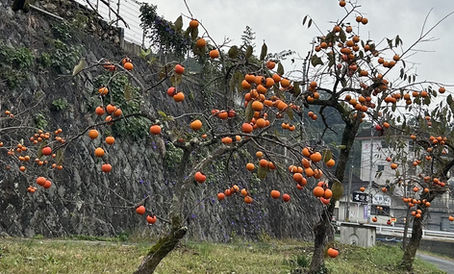"Ouchi-juku" had been an important post town till the second half of the 17th century.
- Masahisa Takaki

- Jun 9, 2023
- 1 min read
Updated: Oct 13, 2024
Ouchi-juku post town on Aizu-nishi Highway, which connects Aizu and Nikko, consists of 50 thatched-roof houses lined up across a wide road, 500 meters long. These old houses have been converted into guesthouses, souvenir shops, restaurants and the like. Aizu-nishi Highway, 130 kilometers long, was constructed by Hoshina Masayuki, the feudal lord of the Aizu domain, to connect Aizu with Nikko. Nikko is a holy area where the mausoleum of Tokugawa Ieyasu lies. He is the first Tokugawa shogun who built Edo, present Tokyo, and is the grandfather of Hoshina Masayoshi. The Aizu clans, at that time, used this highway to travel to and from Edo by way of Nikko, and Ouchi-juku was an important post town for them. Thereafter, due to a new highway construction and the damage caused by a big earthquake, this post town gradually lost its momentum. This had been reduced to a small post town, where most villagers had to combine farming with their original job to make ends meet. As a side note, British female traveler Isabella Bird stayed at an inn here in 1878. When a railroad was opened at the end of the 19th century, the role of this post town was completely lost, but the villagers remained here to continue their old lifestyle, and the traditional townscape was maintained. The village is now designated as a national Important Reservation District for Group of Traditional Buildings.







Comments